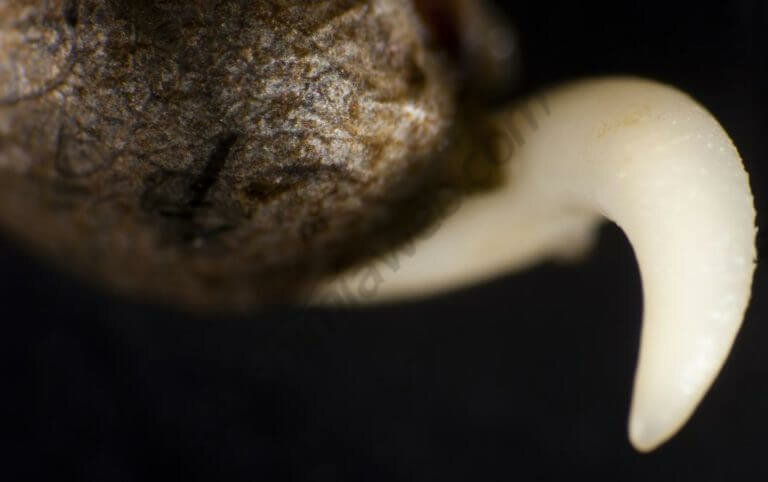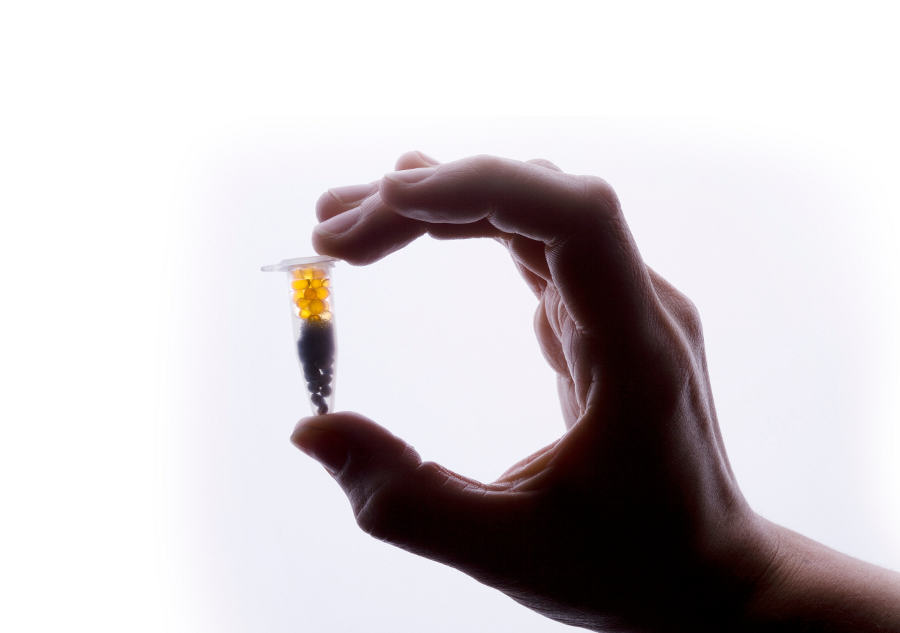Viviparity or premature germination of cannabis seeds
List of contents
Viviparity may be a strange-sounding word, but it actually describes one of the best-known phenomena among mammals (and other species), that of embryos developing inside the mother's body until the moment of birth, at which point they are already prepared to survive in the outside world. This viviparity, which is so familiar to us humans, is not so frequently found in the plant kingdom, where the embryos are released by the mother plant as a seed and will depend exclusively on the environment to develop and grow.
However, viviparity can also occur in some plants and sometimes, the seed that would normally wait to be released begins to grow in the mother's body and emerges to the surface like an alien unleashed. The result? Plants that seem like something from a horror movie but that are, in reality, premature mothers.
Plants with a tendency to viviparity
Viviparity in plants is not common, but there are some exceptions. In the plant kingdom, several species with a tendency to viviparity have been documented, such as:
- Red Mangrove.
- Plants growing in flooded areas.
- Corn.
- Tomatoes.
- Wheat.
- Rice.
For example, some species of mangroves grow on sediments that are saturated with water by the tides, in addition to having high concentrations of salts and being poor in oxygen, meaning that viviparity gives these species a greater probability of successfully rooting in the harsh substrate and to be able to survive to develop and form mangroves.
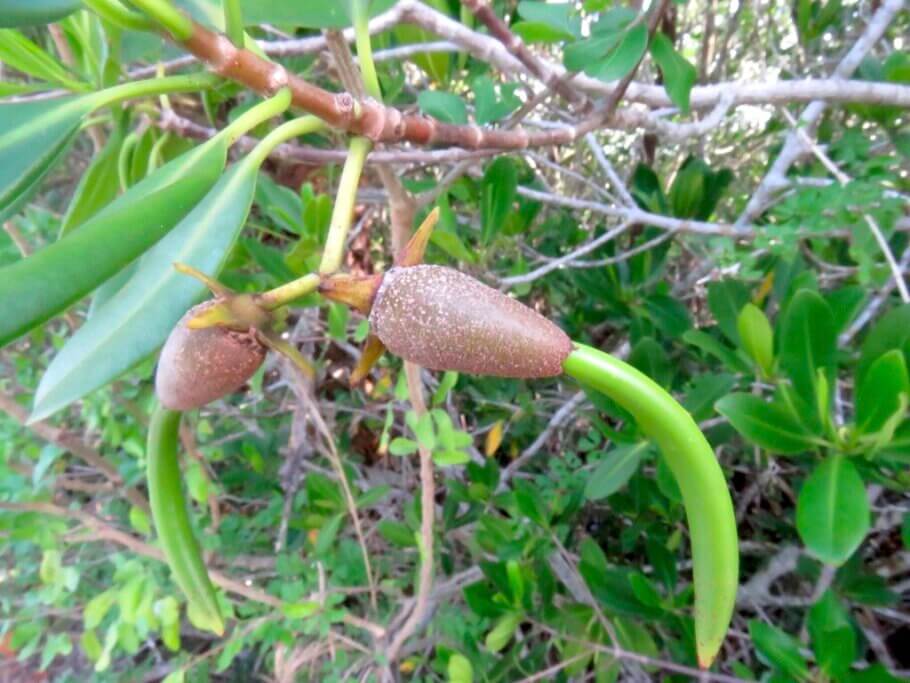
Viviparity can also occur in common fruits, such as tomatoes or peppers. The seeds contain a hormone that suppresses the germination process. This is a necessity, as it prevents seeds from germinating when conditions are not favourable and losing the opportunity to grow into plants.
But sometimes this hormone runs out, for example when a tomato sits on the greengrocer's shelf for too long. And sometimes the hormone can be tricked into thinking the conditions are right, especially if the conditions are hot and humid. This can happen in ears of corn that experience a lot of rain and collect water inside their husks; or on fruits that are not harvested and consumed immediately during a hot, humid summer.
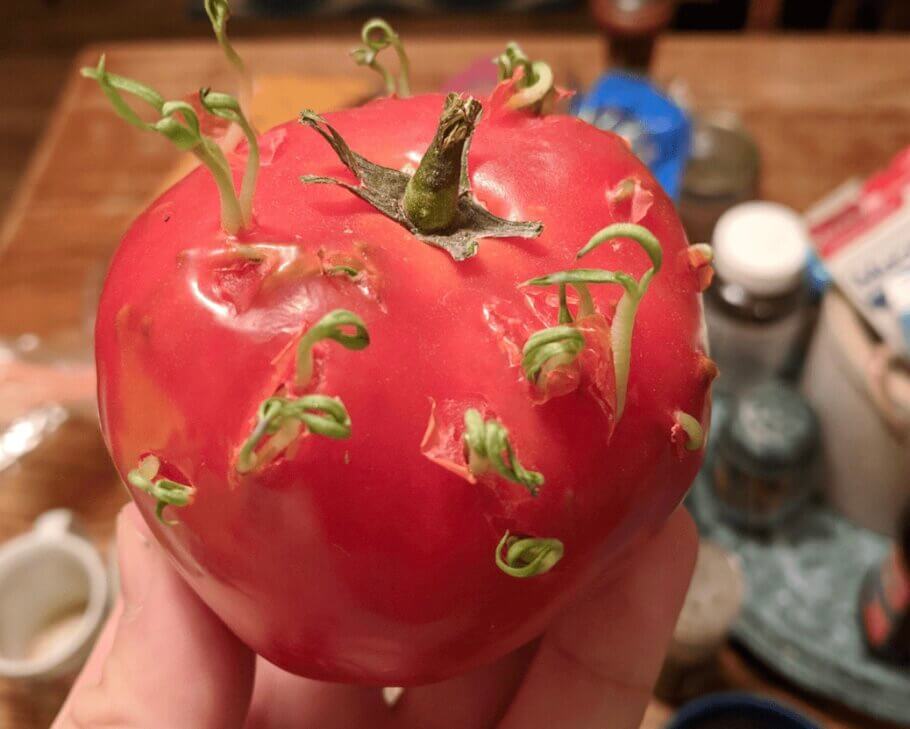
Apart from the instances of a mutant-looking tomato or corn on the supermarket shelf, it is believed that 89% of viviparous plant species grow in humid forests or in flooded environments and many are native to the tropics. Environmental conditions, therefore, have a lot to do with the causes of viviparity, as we explain below.
What causes viviparity in plants?
Experts affirm that viviparity arises as a response to factors that are detrimental to the development of embryos in the soil:
- Extreme temperatures.
- Environmental unpredictability.
- Too-dry environments.
- Seed vulnerability to predation.
- Microbial attacks.
In addition to these factors, some studies point to a common cause in plant species that tend to display viviparity: an intolerance to seed desiccation, a key process in the formation of some seeds.
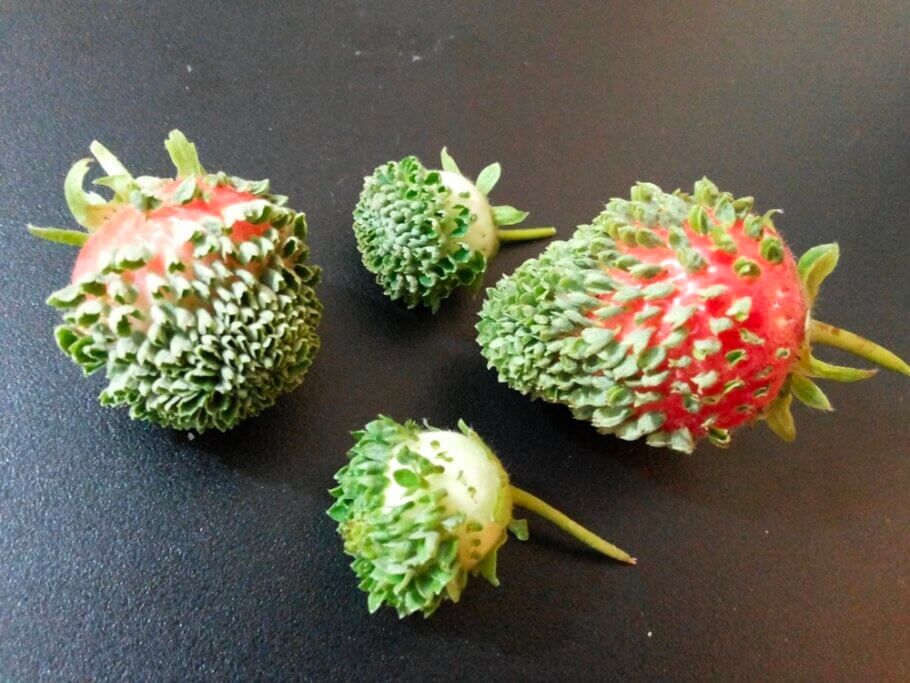
Viviparity and seed dormancy
The seeds of many species within the plant kingdom are capable of preserving their germinative power for years. This state of metabolic inactivity corresponds to the state of dormancy (or latency) and allows us to collect seeds, package them and store them for a time without fear of them losing their viability or capacity to germinate. Desiccation is a key prerequisite to these seeds entering a dormant state so that they will only germinate in the soil when the environmental conditions are suitable.
However, this process does not occur in viviparous plants, thus allowing plant species from humid or flooded environments, where their seeds are unable to dry out, to generate healthy embryos. As a consequence, their seeds do not enter a state of dormancy and this is why they germinate in the mother's body once the embryo has formed. In this way, viviparity arises from an environmental adaptation for many plants. But this is not the only reason for viviparity in the plant world.
Mutant plants: another cause of viviparity
Although external factors such as the abundance of water can induce viviparity in some plant species, sometimes genetics is the principal cause of this phenomenon. Genetic mutations in tomato, corn and wheat plants can result in viviparous specimens due to an alteration in their production of phytohormones or a reduction in sensitivity to the phytohormones responsible for inducing the state of dormancy.
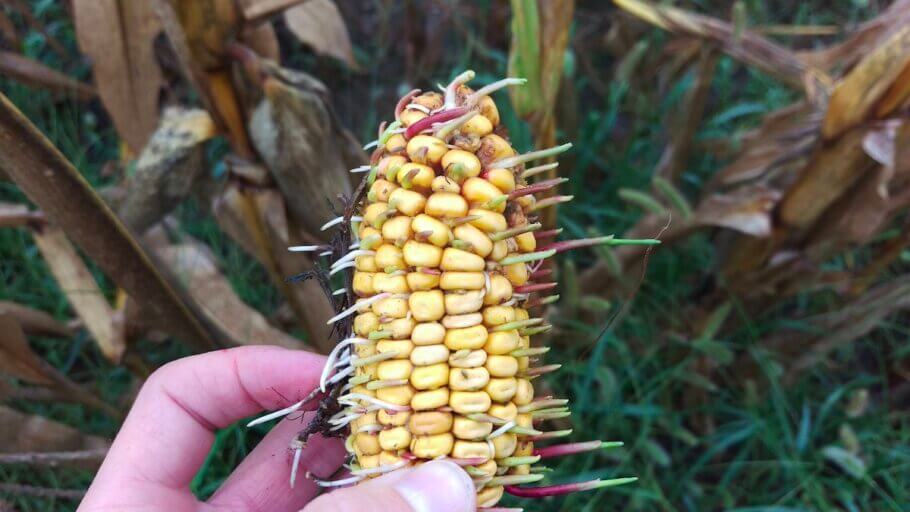
Viviparity, evolutionary advantage or not?
After everything is said and done, all living beings have the same mission to follow an evolutionary strategy with the aim of perpetuating ourselves as a species. For this reason, many experts argue about the usefulness of viviparity in plants. The arguments against it claim that this phenomenon limits the dispersal capacity of individuals, that when they germinate in the mother plant they will no longer spread to new habitats, meaning that the expansion of the species will be very limited. If something happened to that land where all the plants grow or if the environmental conditions changed, all the specimens of that species would perish and it would end up disappearing.
However, on the list of “pros”, viviparity is a reproductive strategy that favours plants grown in humid environments and also in difficult conditions, in which a developing plant would stand a better chance to establish itself than a seed with its shell.
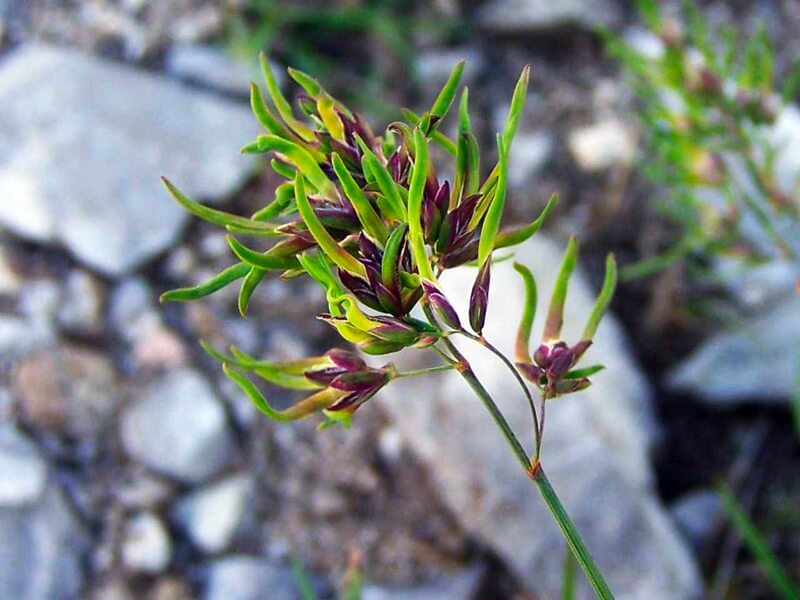
Viviparity in cannabis
Viviparity in cannabis is not a common phenomenon, although it can occur under certain environmental conditions. And when the objective of the crop is not to produce flowers but seeds, the grower or the breeder is in charge of pollinating the flowers of the females that will develop these seeds. Cannabis seed production can be done both indoors and outdoors (and also in greenhouses). In both cases, something similar to viviparity can occur if the environmental factors favour it.
How? Very simple: when the flowers of the female cannabis plant are pollinated, each stigma (the hairs on the buds, the gateway for pollen to enter the plant) that has been fertilised will cause a seed to form inside the pistil. After a few weeks (usually at least four) it may happen that some seeds are fully formed while others still need a few more days to fully mature.
If the cannabis plants are growing in an environment that is too humid, the fully mature seeds start to germinate inside the flower of the mother. In some cases, these seedlings will fall to the ground and begin to develop by rooting in the substrate; while others will develop within the cannabis flower until they die.
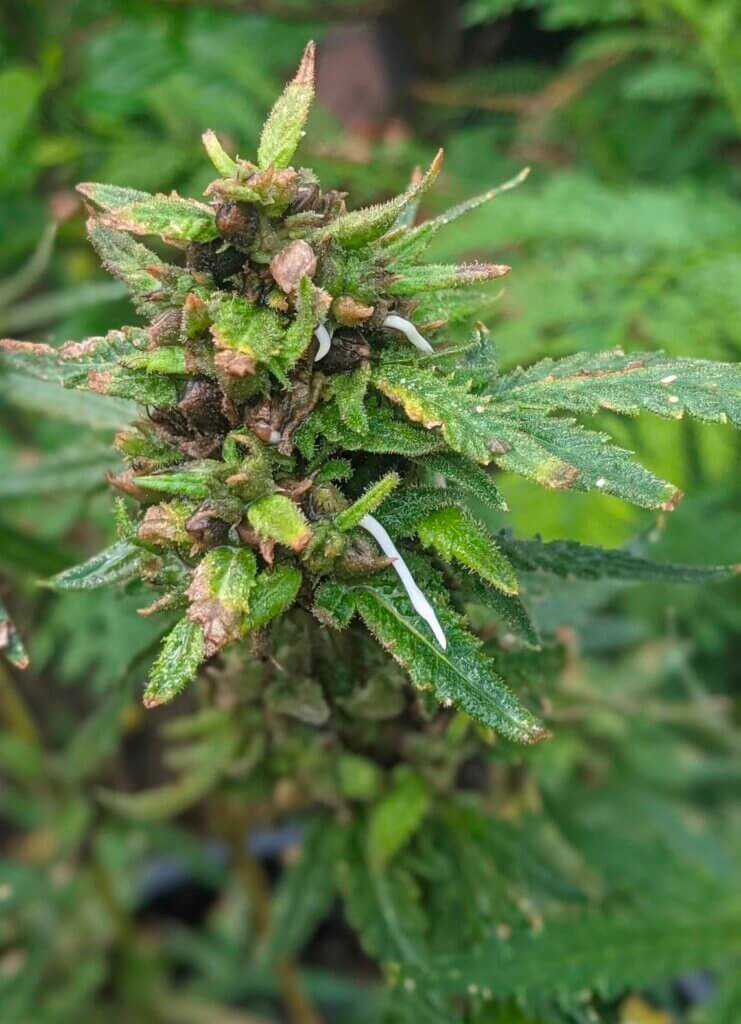
How do we prevent viviparity in cannabis?
As we already mentioned, when the goal of cultivation is the production of cannabis seeds, viviparity is something that we will definitely want to avoid. For this reason, it is necessary to pay attention to the relative humidity levels of the room or grow tent (in the case of indoor cultivation) and try to keep them ideally below 50% and, above all, ensure that they do not exceed 60%.
This can be a challenge, especially in the flowering phase of the plants, as the plants are fully developed and bushier, so more transpiration occurs, increasing the relative humidity. To reduce humidity levels in indoor crops and prevent seeds from germinating before time, it is recommended to use dehumidifiers.
In outdoor crops, the environmental humidity will depend on the climate of the area, therefore, it is important to know when the autumn rains usually arrive to avoid them at all costs. If the seed-bearing buds get too wet or rained upon directly, the chances of viviparity are high. Therefore, choosing fast-finishing genetics for cold climates, such as those offered by the Early or Fast varieties, can be very useful to prevent this from happening.
These genetics offer all the advantages of feminised or regular strains, reducing their flowering period by a couple of weeks; this means that they will be ready to harvest earlier, which is a great advantage for growers who live in regions with cold climates and short summers, or for those who want to make the maximum number of harvests per year.
-----
References:
- Viviparidad en Goeppertia inocephala (Marantaceae). María Del Pilar Sepúlveda-Nieto, Ángela María Morales Trujillo, Liliana Katinas.
- The Ecology and Physiology of Viviparous and Recalcitrant Seeds. Elizabeth J. Farnsworth.
































































